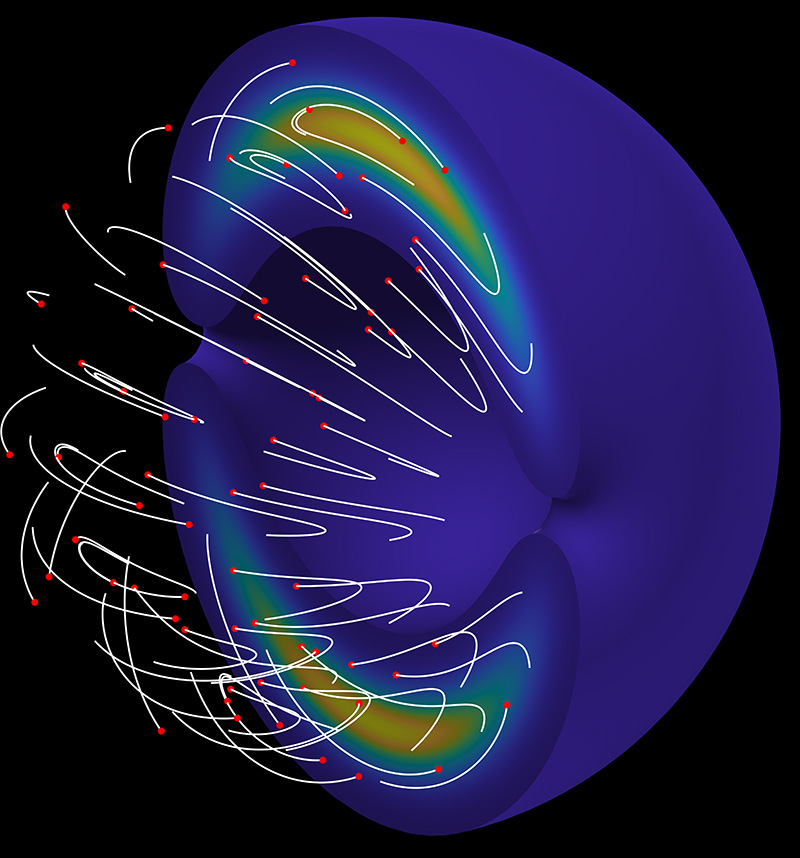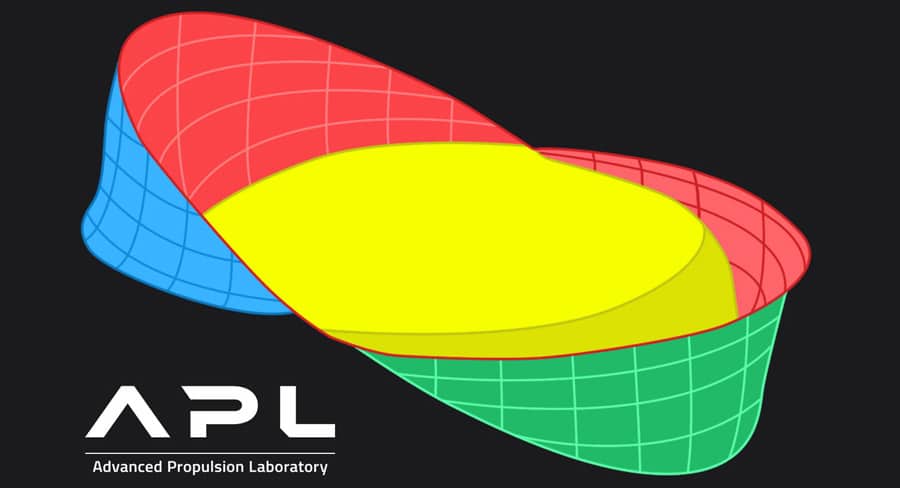
The Advanced Propulsion Laboratory (APL) at Applied Physics is at the forefront of unraveling the mysteries of physics through warp field mechanics. Our mission is grounded in leveraging cutting-edge methods in general relativity to pioneer new propulsion methods by manipulating spacetime itself. Warp Factory is our open-source toolkit built to model the unique physics of warp drives.
Using numerical tools offers a new kind of insight that can enable the exploration of new physical solutions. See our latest publication, “Analyzing Warp Drive Spacetimes with Warp Factory,” for some insights possible with this new tool.
APL is venturing forth into the exhilarating domain of warp drives. We invite you to join us in this bold quest to decode the mysteries of warp propulsion and transform the future of space exploration.
In this study, Applied Physics unveils a new type of warp drive—a theoretical method of space travel that complies with general relativity and operates at a constant subluminal speed without requiring unphysical forms of matter.
Known as the “Constant-Velocity Subluminal Warp Drive,” this model eliminates the need for the previously hypothesized “exotic” or negative forms of energy. By integrating a stable shell of ordinary matter with the shift vector of an Alcubierre-like drive, Applied Physics has developed a “warp bubble” capable of moving objects rapidly within the bounds of light speed.
This breakthrough represents the first numerical implementation of physical warp drives, made possible using the Warp Factory analysis tool developed at Applied Physics. Although this design requires significant energy, it demonstrates that warp effects can be achieved using conventional matter while adhering to known energy constraints. Applied Physics continues to make progress as humanity embarks on the Warp Age.

Warp Factory is a software toolkit created for analyzing warp drive spacetimes, developed at APL. It enables users to explore Einstein’s field equations, assess energy conditions, and calculate metric scalars. Additionally, it features 2D and 3D visual tools for displaying spacetime metrics and their related stress-energy tensors, facilitating the study and comprehension of these intricate spacetimes.
Explore Warp Factory on our GitHub and Gitbook, and join us in this exhilarating journey to shape the future of interstellar travel. The cosmos awaits, and with Warp Factory, we’re not just observing the stars— we’re reaching for them.
For a summary of its features, see our publication “Analyzing Warp Drive Spacetimes with Warp Factory.”
We present a solution for a constant-velocity subluminal warp drive that satisfies all of the energy conditions. The solution uses a stable matter shell with an Alcubierre like shift vector, demonstrating that classic warp drive spacetimes can be made to satisfy the energy conditions by adding positive ADM mass.

In 1994, physicist Miguel Alcubierre penned “Hyper-fast Travel within General Relativity,” a scientific paper that inspired the scientific community to take seriously the Star Trek–like possibility of warp travel. Nonetheless, Alcubierre’s conceptualization of warp-drive spacetime (the Alcubierre metric) is “unphysical” (unachievable), as it requires negative energy, which has not been found in nature.
Thus, for nearly thirty years, many feared that warp travel would never be possible. But a 2021 study in Classical and Quantum Gravity, titled “Introducing Physical Warp Drives,” renewed interest in warp drives by presenting the first general model for subluminal positive-energy warp drives, receiving press in over 40 nations.
The researchers hypothesized that there are many more classes of warp drives beyond Alcubierre’s. In fact, several newly presented warp drives decreased the negative energy requirements of the Alcubierre metric by a factor of 100, making the creation of warp drives closer than ever before.
The paper also demonstrated that occupants within a warp-drive spacetime experience time differently from those outside the drive, in contrast to generic warp drives. Finally, the researchers proved that a class of subluminal warp drives (Class I Warp) can be constructed, in principle, based on the physical assumptions known to humanity today.

Fascinated by warp drive physics? Join the APL team in expanding the frontiers of physics. With our Warp Fund, we’re enhancing Warp Field Mechanics research, offering $500,000 in Phase I Warp Grants following our breakthrough in Physical Warp Drives. This phase I is dedicated to foundational research into warp bubbles, aiming to revolutionize propulsion technology in the Warp Age.
Read more if you are interested in collaborating or learning more about our grants.

Applied Physics ® is a public benefit research institute maintained by the scientific community.
[Λ] Applied Physics © 2025